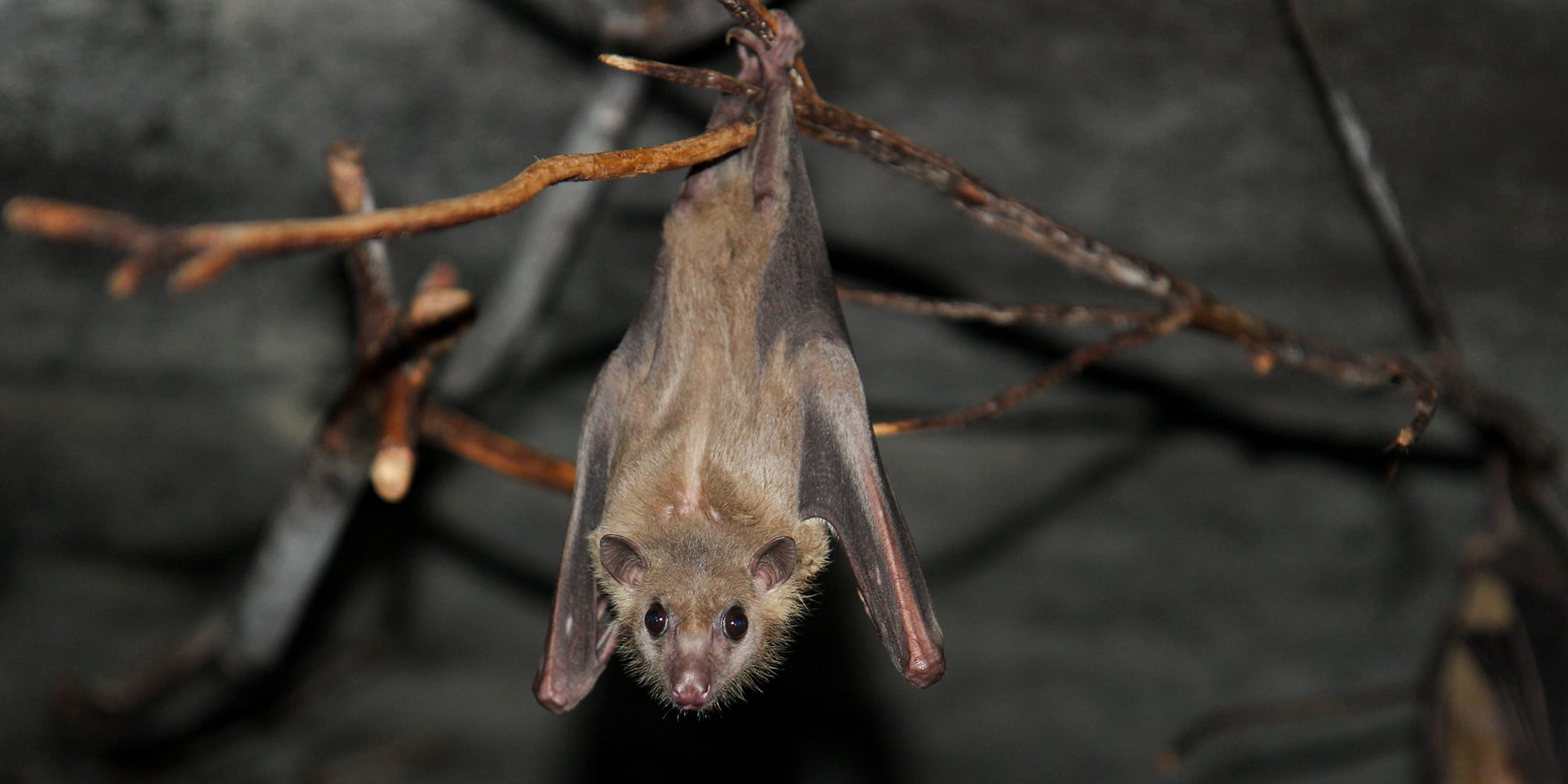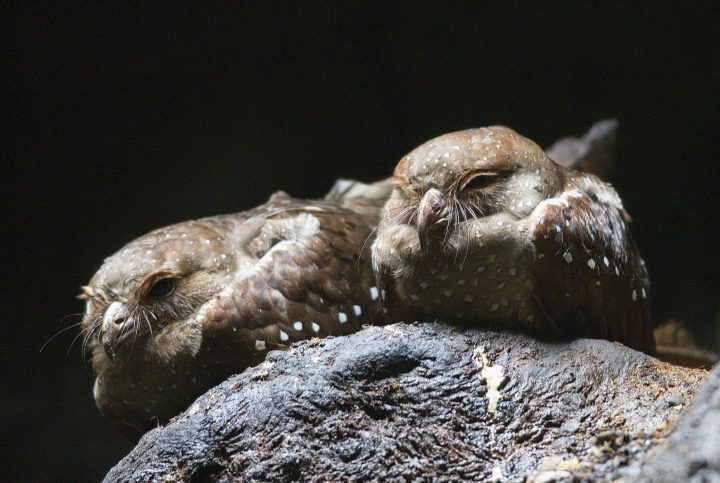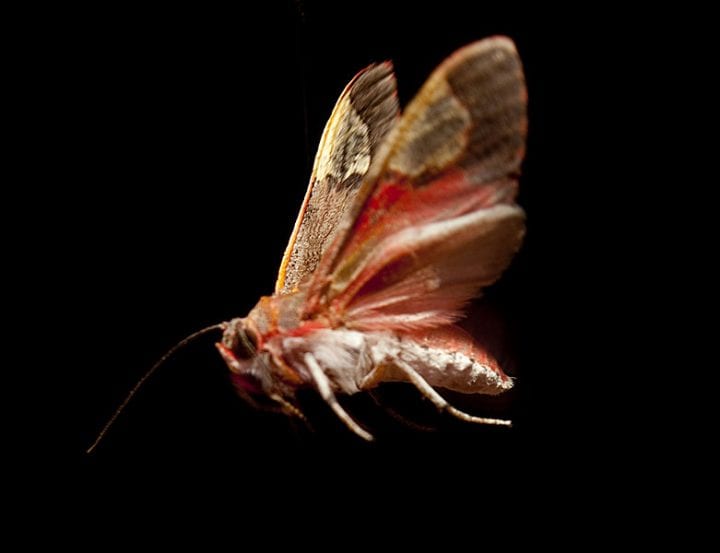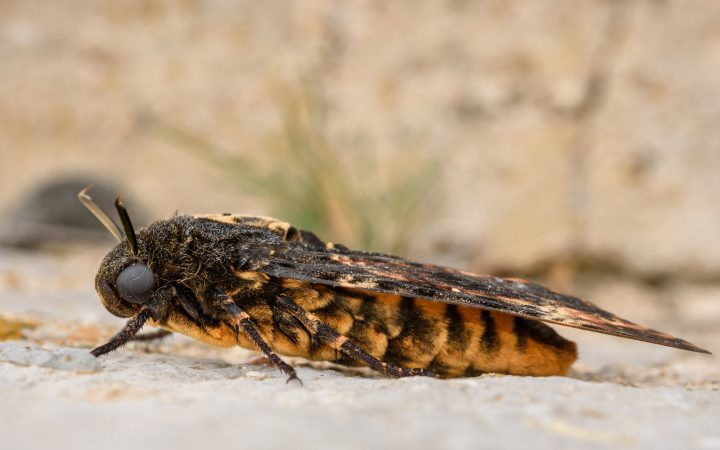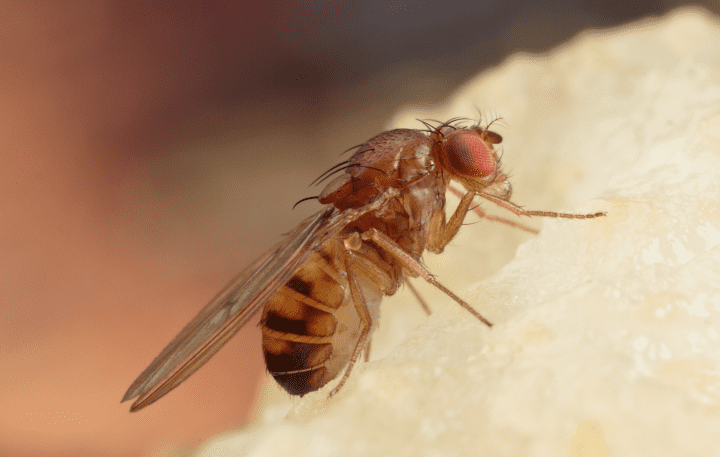These fruit-eating bats home in on a meal by aiming sound waves to the side of their intended target, then adjusting their path to reduce the difference in timing between the waves bouncing back.
Introduction
It’s a sweltering night in Saudi Arabia. Suddenly, something the size of a small dog swoops by through the air. Is it a bird? A drone? No, it’s an Egyptian fruit bat, in search of overripe figs.
Like other bats, this outsized flying mammal finds its food by clicking its tongue to produce sound waves and observing how they bounce back. At first it aims its clicks widely as it searches for a piece of fruit. Once the returning sound waves reveal food item, however, the search strategy changes. Rather than pointing the sound waves directly the object of its desire, the bat aims them slightly left and then slightly right of the target. Although this strategy seems counterintuitive, it improves the accuracy with which the bat can land on its favored food.
The Strategy
Sound waves travel in an expanding, cone-shaped path from their source. The best way for an animal using echolocation to find an object in the first place is to point its clicks in lots of different directions. But these initial calls don’t provide much information about how the searcher and the searched are moving side to side relative to each other. As a result, such an approach has limited value in helping the animal fine-tune its position as it moves closer to its target.
Enter the sound waves at the perimeter of the cone. If the bat aims its clicks to the side of the object, the sound waves that bounce back from the slanted part of the cone of sound contain more information about the relative movement between the searcher and the searched than would those aimed directly at the object. By listening for the bounce back of sound waves at the edge of the cone where the difference in timing is larger, the bat can more easily tell if it’s getting “warmer” or “colder” from one click to the next and adjust its trajectory accordingly.
This is similar to the effect that we perceive when viewing an object in light that shines nearly parallel to a surface, as the sun does at dawn and dusk. In this “raking light,” shadows are greatly extended, making tiny objects and textures dramatically more noticeable. The bats are making use of “raking sound.” By angling their high-pitched sounds to either side of an object of interest, the echo comes back not as a bright, direct beam, but in steeply angled waves that exaggerate any relative change in position of the object, revealing more information to the bat with every click it makes.
The Potential
The “sweet spot” the fruit bat has found between maximizing its odds of finding food and maximizing its odds of landing on it accurately is similar to strategies other animals likely use to follow sounds, scents, or other signals from a desired object. This suggests it is broadly beneficial as a “homing-in strategy.” Humans might apply a similar strategy to optimizing the search function for drones or other robots that use light, sound, or scent to track objects. The side-to-side switch-out also could be helpful for keeping aircraft on the straight and narrow during taxiing or flight or improving self-driving vehicles’ ability to stay in their lane with the fine-tuned finesse a skilled driver might use.
